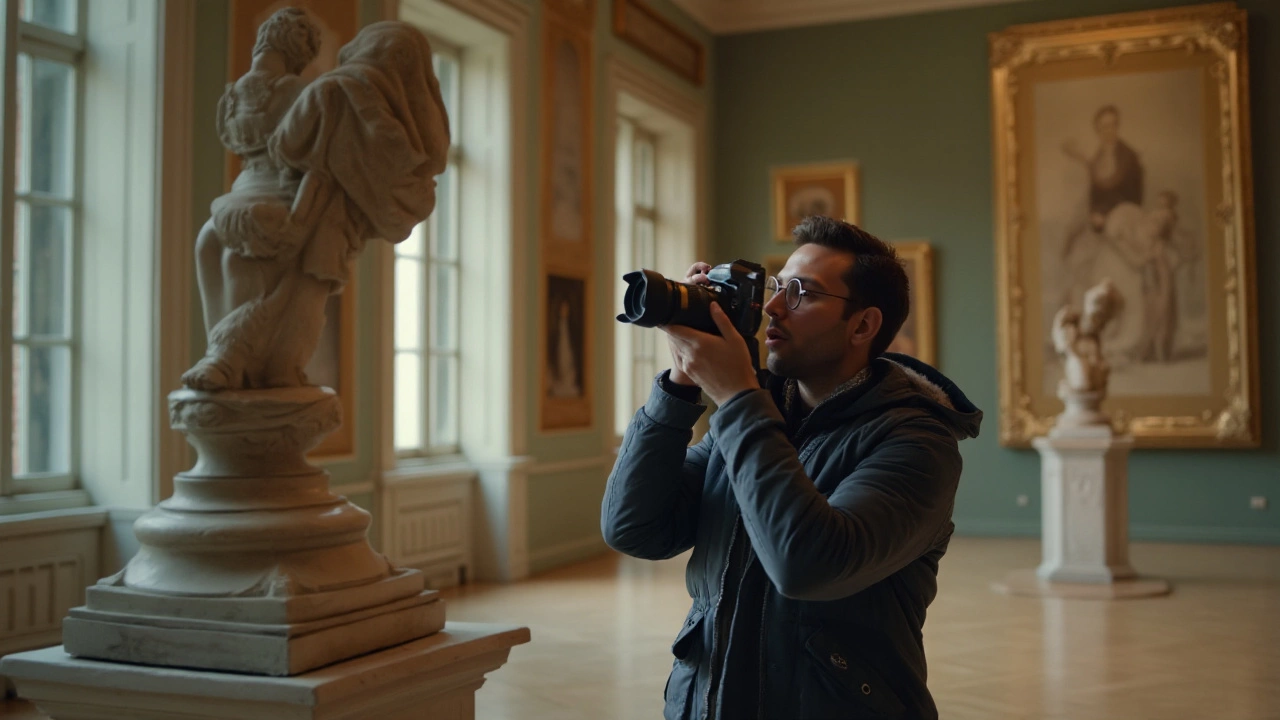Fine Arts: A Simple Guide to What It Is and Why It Matters
When you hear the word “fine arts,” you might picture a museum, a canvas, or a marble statue. In everyday talk, fine arts cover any visual or performing art created mainly for aesthetic value rather than practicality. Think of painting, sculpture, drawing, photography, and even digital art. Knowing the basics helps you decide where to start or how to appreciate what you see.
Key Forms of Fine Arts
Painting is the most recognizable form – oil, acrylic, watercolor, you name it. Each medium has its own drying time and texture, so beginners often start with acrylic because it dries fast and cleans up easily. Sculpture moves the art into three dimensions. You can begin with clay or even recycled materials before tackling stone or metal. Drawing, whether with pencil or charcoal, builds the foundation for any visual art; it teaches line, shape, and proportion.
Photography turned into fine art when photographers focus on composition, light, and storytelling instead of just documenting. Even though a camera does the heavy lifting, choosing the right angle, exposure, and subject makes the difference. Digital art, which includes 2‑D illustration and 3‑D modeling, uses software like Photoshop or Blender. It blends traditional skills with tech, letting you experiment without buying costly supplies.
Getting Started in Fine Arts
Pick a medium that feels comfortable. If you love bold colors, grab a set of acrylics and a cheap canvas. If you prefer working with your hands, try a small block of clay and a basic set of sculpting tools. Keep your first projects simple – a single‑color landscape, a basic portrait, or a small abstract sculpture. The goal is to learn how the material behaves, not to produce a masterpiece.
Set up a dedicated space. A tidy table, good lighting, and easy‑to‑clean surfaces keep the creative flow going. Use everyday items as storage – jars for brushes, a shoebox for charcoal sticks. Consistency matters more than fancy gear; showing up daily, even for 15 minutes, builds skill faster than long, irregular sessions.
Learn from others. Watch short YouTube tutorials, read blog posts, or join a local art meetup. Seeing how another artist fixes a mistake or mixes a color gives you practical shortcuts you won’t find in textbooks. If you’re in the UK, consider reaching out to agencies like Renaissance Harmony Hub for mentorship or project collaborations.
Don’t be afraid of mistakes. In oil painting, a wet‑on‑wet mistake can be scraped off; in sculpture, a small chip can be blended into texture. Every error teaches you what to avoid next time. Keep a quick note of what worked and what didn’t – it becomes a personal cheat sheet.
Finally, share your work. Posting a photo on social media or displaying a piece at a community center gets you feedback and motivation. The fine‑arts world thrives on conversation, so the more you engage, the more you’ll grow.
Fine arts are about exploring visual language and enjoying the process. Whether you’re picking up a brush for the first time or polishing a clay figure, the key is to stay curious, practice regularly, and have fun creating something uniquely yours.

17 Oct 2024
The seven fine arts encompass a diverse range of creative expressions, including painting, sculpture, architecture, music, literature, performing arts, and cinema. Each form offers unique insights into human creativity and cultural heritage. The article delves into how fine art photography serves as a bridge between visual arts and other art forms, offering techniques and inspiration. Get inspired to appreciate the beauty and craft behind these arts, and discover how they link back to the modern lens of photography.
Continue reading...
